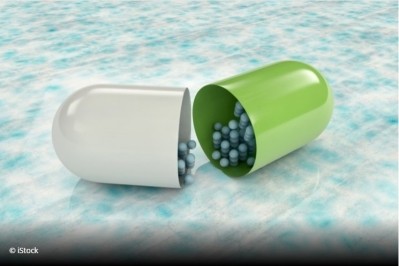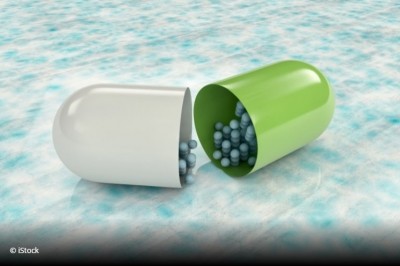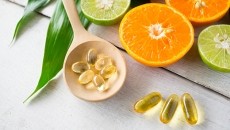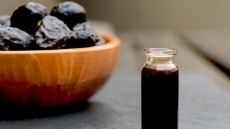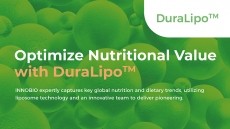ANSES: ‘Limit exposure to nanomaterial-containing foods.’

In its report, the Agency refers to food databases, in which it identifies nearly 900 food products that includes, ‘substances for which the presence of manufactured nanomaterials is proven.’
According to the agency, the most affected food sub-sectors are infant milk (25.6%), confectionery (15.6%), breakfast cereals (14.8%), cereal bars (12.9%), frozen pastries and desserts (10.9%).
“Among these subsectors, some concern sensitive consumers such as children under 3 years of age,” the report states, adding, “They cannot be directly treated as estimates of consumer exposures. This requires analysis of information such as quantities of substances present in the food and consumption statistics.”
The agency also emphasises that this data was collected prior to the implementation of French regulations prohibiting the food use of E171 or titanium dioxide, a manufactured nanomaterial.
ANSES adds that at this stage they had established an inventory of the use of nanomaterials in food with the next step to study the health risks these substances could represent for consumers.
‘Nanospecific risk assessment?’
“Following the publication by the European Food and Safety Authority (EFSA) relating to the evaluation of nanoscience or nanotechnology dossiers, ANSES’ approach opts for the best risk assessment suitable for the manufactured substance.
“This approach makes it possible to decide whether to carry out a standard or nanospecific risk assessment. The first results are expected by early 2021.”
Over the past thirty years, the industry, and in particular the food industry, has developed the use of manufactured nanomaterials, used for specific properties at the nanoscale.
Work carried out by the Agency has produced guidelines that better identify the main uses of manufactured nanomaterials in the food sector.
These include criteria used to identify the nanomaterial as an additive, for example to improve the appearance and palatability of the food product (by changing the structure, colour, texture). Examples here include E341iii or tricalcium phosphate and E551, also known as amorphous silica.
Other categories of nanomaterials include those in contact with food, for example, as an anti-microbial function provided by nanosilver or to improve the security of packaging.
Nanomaterials can also exist in a nanoparticulate state alongside nutrient-oriented ingredients. One example of this is calcium carbonate used in infant milks to achieve enough calcium content.
R-Nano register
Since 2013, French manufacturers, importers and distributors of over 100 grams (g) of substances in the nanoparticulate state are required to disclose further details via the R-Nano register managed by ANSES.
Despite these obligations, the identification and traceability of nanomaterials in the food sector are still limited today. However, they constitute an essential step in the assessment of health risks.
